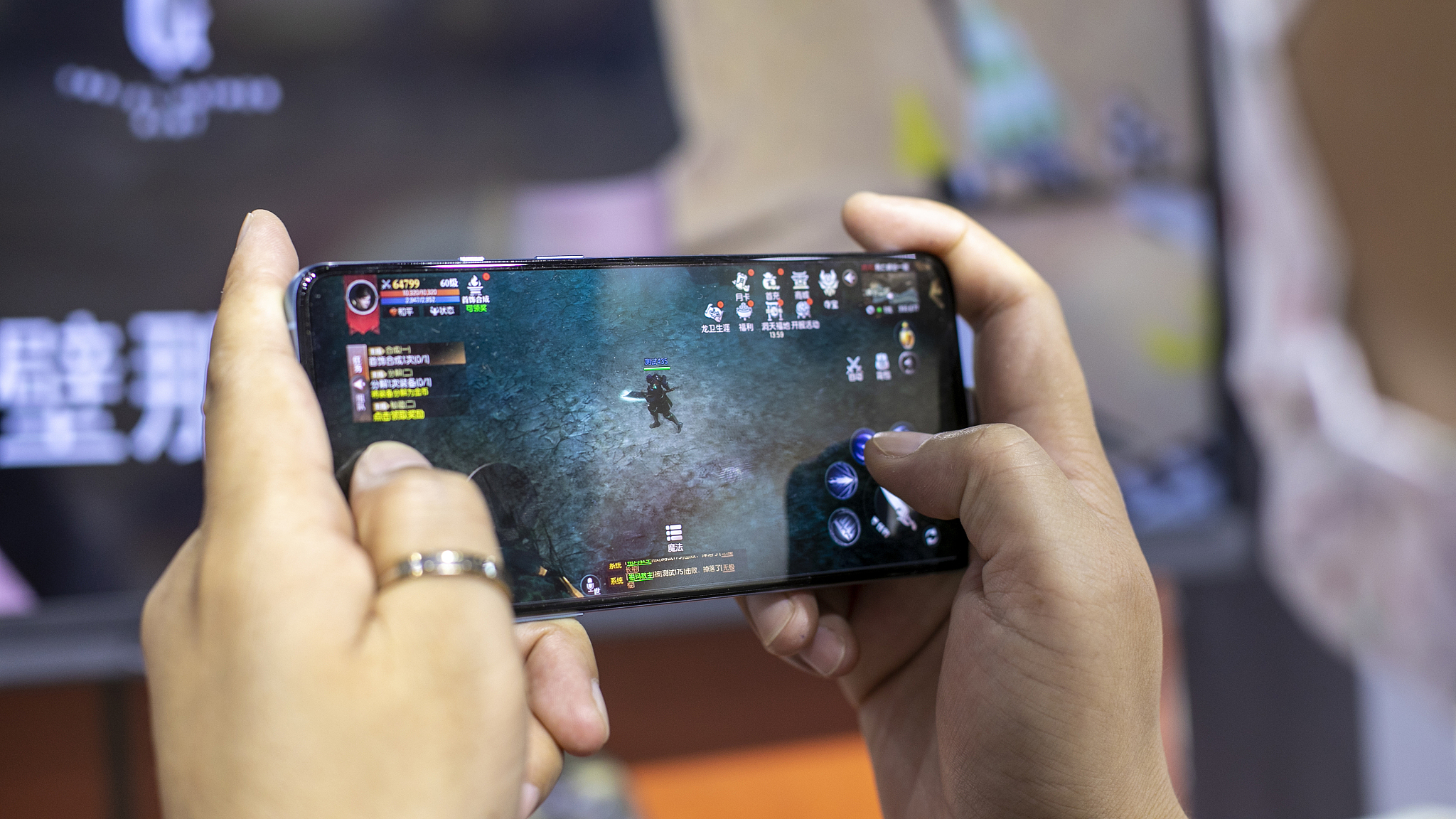In the ever-evolving landscape of the gaming industry, accessibility has become a key focus for developers and players alike. Today’s popular games are designed not only to entertain but also to be accessible across a variety of platforms, enabling gamers to play anywhere and everywhere. This shift towards accessibility has opened up new possibilities, breaking down barriers and allowing individuals to enjoy their favorite titles on their own terms. Let’s delve into the world of gaming and explore how the accessibility of today’s popular games has transformed the way we play https://imgur.com/a/JQpH8lt.
The Rise of Cross-Platform Gaming
Gone are the days when gamers were limited to a single platform. The rise of cross-platform gaming has allowed players to seamlessly transition between different devices without losing progress or compromising the gaming experience. Whether you’re on a gaming console, PC, or a mobile device, titles like Fortnite, Minecraft, and Rocket League now enable you to play with friends regardless of their chosen platform. This not only fosters a sense of community but also liberates players from the constraints of a specific device, emphasizing the freedom to play anywhere.
Mobile Gaming Takes Center Stage
The accessibility revolution is perhaps most evident in the meteoric rise of mobile gaming. Smartphones and tablets have become powerful gaming devices, offering a diverse range of titles that cater to various preferences and skill levels. Games like PUBG Mobile, Among Us, and Genshin Impact have demonstrated that high-quality gaming experiences are no longer confined to traditional gaming platforms. The ubiquity of mobile devices ensures that players can dive into their favorite games while waiting for a bus, during a lunch break, or even in the comfort of their own bed.
Cloud Gaming: A Game-Changer
Cloud gaming has emerged as a game-changer, eliminating the need for powerful hardware and allowing players to stream games directly to their devices. Services like Xbox Cloud Gaming, Google Stadia, and NVIDIA GeForce NOW have made it possible for gamers to access a vast library of titles on devices with varying computing capabilities. This democratization of gaming resources ensures that players can enjoy high-end gaming experiences without the need for expensive gaming rigs or consoles.
Adaptive Features and Inclusive Design
Inclusivity is at the heart of the accessibility movement in gaming. Developers are incorporating adaptive features and inclusive design principles to make games more accessible to a broader audience. Customizable controls, adjustable difficulty levels, and features like colorblind modes enhance the gaming experience for players with diverse abilities. This commitment to inclusivity not only makes games more enjoyable for everyone but also fosters a sense of belonging within the gaming community.
Challenges and Future Outlook
While significant strides have been made in making games more accessible, challenges still exist. Connectivity issues, hardware disparities, and the need for further refinement in adaptive features are areas that developers continue to address. Looking ahead, the industry is likely to witness continued innovation in cloud gaming, improved accessibility features, and a broader adoption of virtual reality, further breaking down barriers and making gaming an even more inclusive and immersive experience.
Conclusion
The accessibility of today’s popular games has transformed the gaming landscape, making it more inclusive and versatile than ever before. The ability to play anywhere, whether on a console, PC, mobile device, or through cloud gaming services, has redefined the gaming experience.
